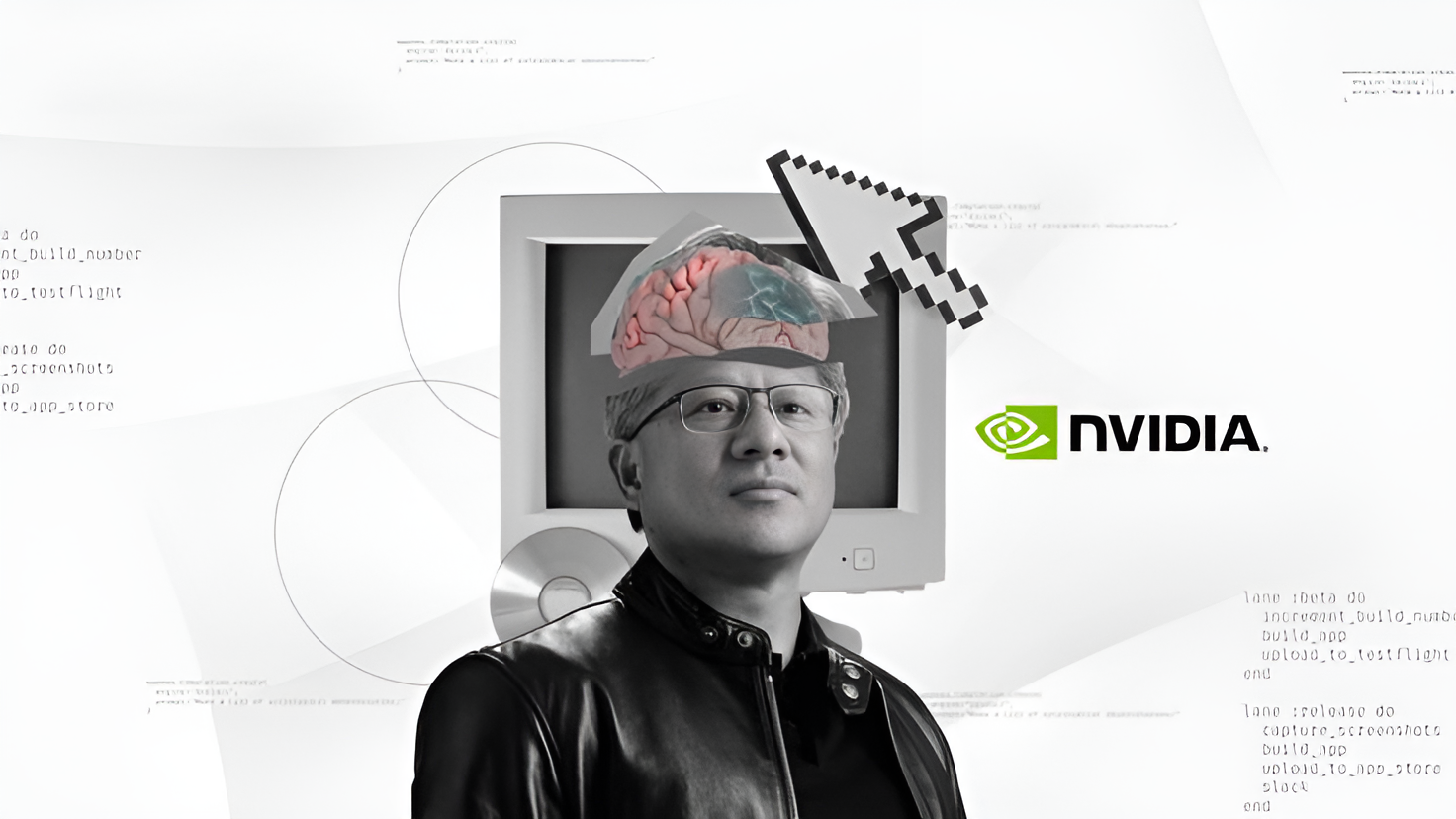The Cloud is Not Enough: Cisco Embraces the Shift Toward Hybrid AI Workloads Analysis Report
5W1H Analysis
Who
Cisco Systems Inc. is the primary organisation involved. Relevant stakeholders include enterprise clients utilising Cisco's networking hardware and software platforms, including those in communications, collaboration, and customer support sectors.
What
Cisco announced the development and delivery of new AI-optimised, on-premises-focused routers and switches. The company is also offering AI-enhanced versions of its communications, collaboration, and customer support software platforms.
When
The announcement was made on 10th June 2025.
Where
The developments are targeted at global markets, particularly enterprises engaging in hybrid and AI workloads. The initiatives are expected to have a notable impact in regions with significant data processing needs and advanced technology infrastructure.
Why
The shift toward hybrid AI workloads comes as enterprises seek to balance cloud and on-premises computing. The need for robust, secure, and efficient processing of AI tasks on-site is driven by performance, privacy, and regulatory considerations.
How
Cisco is employing its traditional networking hardware business to deliver AI-optimised hardware, complementing this with software enhancements that integrate AI functionalities into existing platforms.
News Summary
Cisco Systems has unveiled a strategic transition toward hybrid AI workloads by launching AI-optimised on-premises-focused routers and switches. Additionally, the company is rolling out AI-enhancements across its software platforms for communications, collaboration, and customer support, highlighting a comprehensive approach to meet evolving enterprise needs. This move aligns with the broader trend of integrating AI into traditional networking and software solutions to improve performance and support regulatory requirements.
6-Month Context Analysis
In recent months, there has been a notable trend among tech companies to integrate AI more deeply into hardware and software offerings. Earlier in 2025, other major tech firms made similar announcements focusing on on-premises AI processing capabilities to meet enterprise demands for faster, secure, and efficient data handling. Cisco's move echoes this pattern, emphasising the shift from purely cloud-based solutions to a hybrid model that incorporates local data centres.
Future Trend Analysis
Emerging Trends
The news reflects a growing trend towards hybrid models that blend cloud and on-premises solutions for AI workloads. The focus is on enhancing processing speed, data security, and compliance with privacy regulations through localised computing.
12-Month Outlook
Over the next year, we may expect Cisco and competitors to increase investments in AI-capable hardware and software solutions. Enterprises are likely to expand their hybrid infrastructures to manage AI workloads effectively.
Key Indicators to Monitor
- Adoption rates of AI-capable on-premises hardware - Developments in AI regulation impacting data processing - Competitive responses from other tech firms - Client feedback and integration success rates
Scenario Analysis
Best Case Scenario
Cisco successfully captures a significant share of the hybrid AI market, leveraging its reputation and product efficiency to become the leader in this space, while enhancing capabilities for enterprise clients.
Most Likely Scenario
Cisco's hybrid solutions see moderate adoption, with enterprises gradually integrating them into existing frameworks. The firm maintains competitiveness through continuous innovation and strategic partnerships.
Worst Case Scenario
Challenges in implementation or integration lead to slower adoption rates. Competitors swiftly respond, diminishing Cisco's market share in the hybrid AI segment.
Strategic Implications
- Enterprises should evaluate their current AI processing needs and consider hybrid solutions to enhance performance and compliance. - Cisco can leverage partnerships with AI developers and enterprise clients to refine its offerings and ensure seamless integration. - Regulators may need to revisit data handling guidelines in light of increasing hybrid solutions to ensure they remain relevant and effective.
Key Takeaways
- Cisco is advancing towards hybrid AI models to meet evolving enterprise demands (Who/What).
- The shift is driven by needs for enhanced data security and processing capabilities (Why).
- AI-optimised hardware is developed through Cisco's established networking business (How).
- Global markets, especially data-intensive industries, are significant targets (Where).
- Monitoring AI software enhancements and market adoption rates will be vital (Key indicators).
Source: The cloud is not enough: Cisco embraces the shift toward Hybrid AI workloads





















Discussion